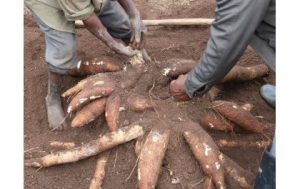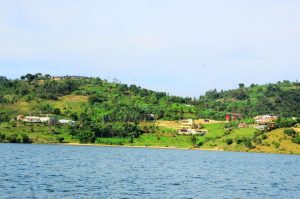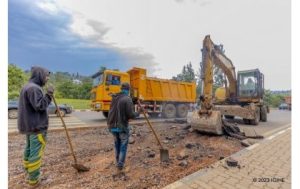Farmers Find Prosperity in Fodder Cultivation: A New Pathway to Profitable Livestock Farming
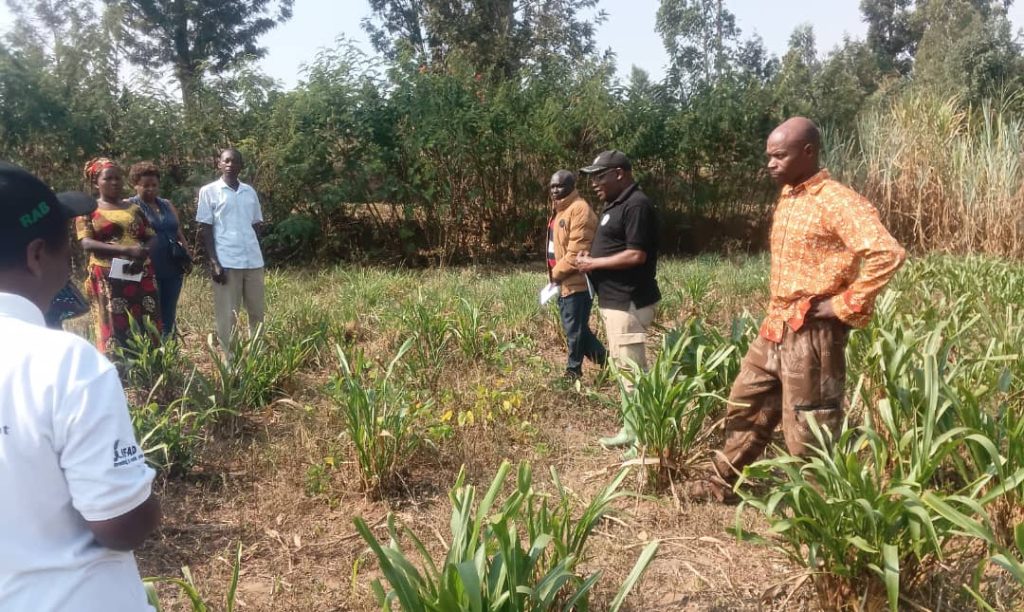
Fodder cultivation is gaining significant ground in Rwanda, emerging as a reliable agricultural shift that supports livestock productivity and drives farmers toward sustainable economic growth. More farmers are now embracing this approach as a complementary activity alongside traditional staple crops such as maize, beans, and sweet potatoes.
In Ruhashya Sector, Huye District, stands Alphonsine Mukakamanzi, a model farmer who made a bold decision to redefine her agricultural practices. Instead of struggling with seasonal crop harvests, she turned to growing a variety of fodder crops for her livestock.
Her two-hectare farmland is now covered with nutrient-rich forage species, including Napier grass, mulato, legumes, and other high-protein varieties. This shift has not only secured quality feed for her cows but has also turned fodder into a revenue-generating product. “Fodder has become the foundation of my progress. My animals feed well, and the surplus I sell brings in money that helps me expand my business,”
says Alphonsine Mukakamanzi with pride.
A Source of Inspiration in the Community
The success of her initiative has drawn attention across the region. Farmers from near and far visit her farm to learn modern techniques in fodder production, preservation, and storage. Many of them testify that these lessons have translated into noticeable improvements in their livestock productivity.
One of the farmers shared:
“Once you start with high-quality fodder, the improvement in milk production is undeniable.”
Research Highlights Strong Impact on Productivity
Dr. Gatali Callixte, lecturer and researcher at the University of Rwanda, emphasizes that balanced fodder is essential to transform the livestock sector. “Farmers should focus on integrating forage with legumes. Animals require a balanced diet to deliver maximum productivity. Relying on a single type of grass limits results,”
Dr. Gatali advises.
Recent research conducted by the Rwanda Agriculture and Animal Resources Development Board (RAB), in collaboration with the University of Rwanda, shows that milk production increased by more than 7% in cows fed with a mixture of grass and legumes. This reaffirms fodder cultivation as a profitable and practical investment.
Government Support Boosts Adoption
According to Uwimana Gaspard from RAB/SPIU, the government continues to strengthen extension services that ensure farmers access quality fodder seeds and expert training. “We have field facilitators nationwide helping farmers adopt modern fodder production and storage techniques. The goal is for every livestock keeper to have enough nutritious feed for increased productivity,”
says Uwimana.
A Clear Route Toward Financial Stability
As livestock farmers seek sustainable methods to increase their income, fodder cultivation has proven to be a reliable solution. The aim is to secure consistent animal nutrition, boost milk yields, improve market returns, and preserve soil health.
This approach provides farmers with a stable livelihood, shielding them from the challenges of feed scarcity that often hinder production.
Experts encourage more farmers across Rwanda to adopt this practice to seize the economic opportunities it presents, especially in a country where livestock farming remains a key economic pillar.

A Promising Future for Rwanda’s Livestock Industry
With Rwanda moving toward advanced and resilient livestock farming systems, fodder cultivation is emerging as a cornerstone of progress. It promotes food security for livestock, empowers families economically, and drives the nation toward greater agricultural excellence.
The journey from grass to growth has begun, and for many farmers like Alphonsine, the future looks greener than ever.
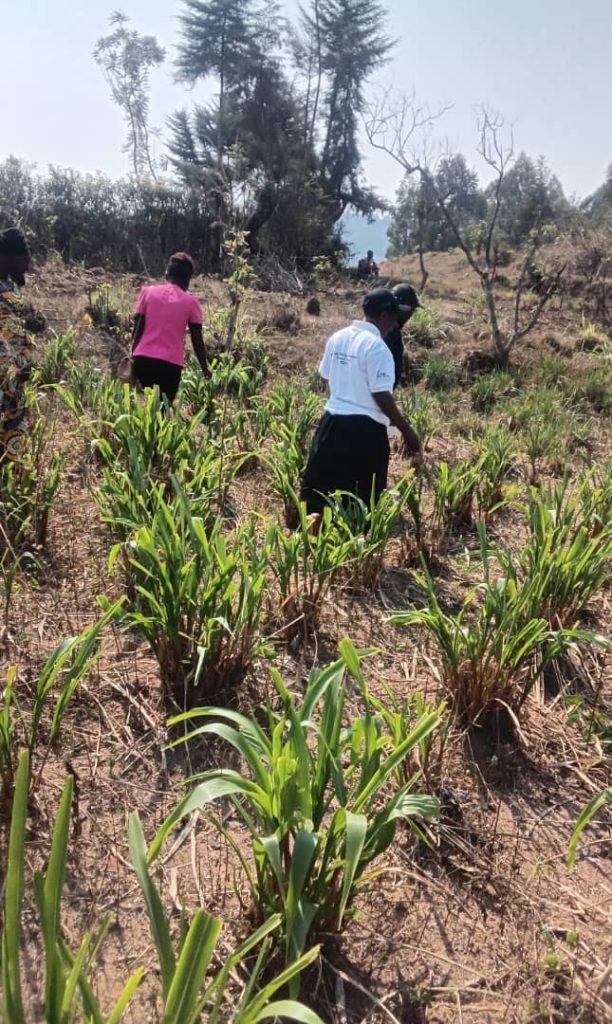

SUBSCRIBE TO OUR NEWSLETTER








